A survival kit is a small container filled with life-saving gear that won’t weigh you down on the trail but will help keep you safe in a variety of scenarios.
With the addition of an inexpensive and easily available foil survival blanket, the suggestions in this article provide a fairly complete package that fits in the palm of your hand. Many of these items are also multi-use – it’s all about using your ingenuity.

Grab a container about the size of your hand: a Tupperware tub, Ziplock bag, drybag, or anything that can withstand a heavy rainshower. I use a Peli 1010 – a tough, waterproof, lockable case measuring about 11x7cm – which contains my full kit of 42 items. You could add all of this to your first aid kit or keep it separate if you prefer.
Aside from snacks and water, think carefully about what you might need if forced to sleep outside unexpectedly when things go awry. Most rescues – whether you self-rescue or get found by a search team – usually happen within the first 72 hours. Stay positive and think strategically. Be seen, be heard.
Remember: the best survival kit is the one you have with you. So don’t be caught on the trail without one. It could save your life.
What to keep in your hiking survival kit
Aluminium foil (2 sq ft)
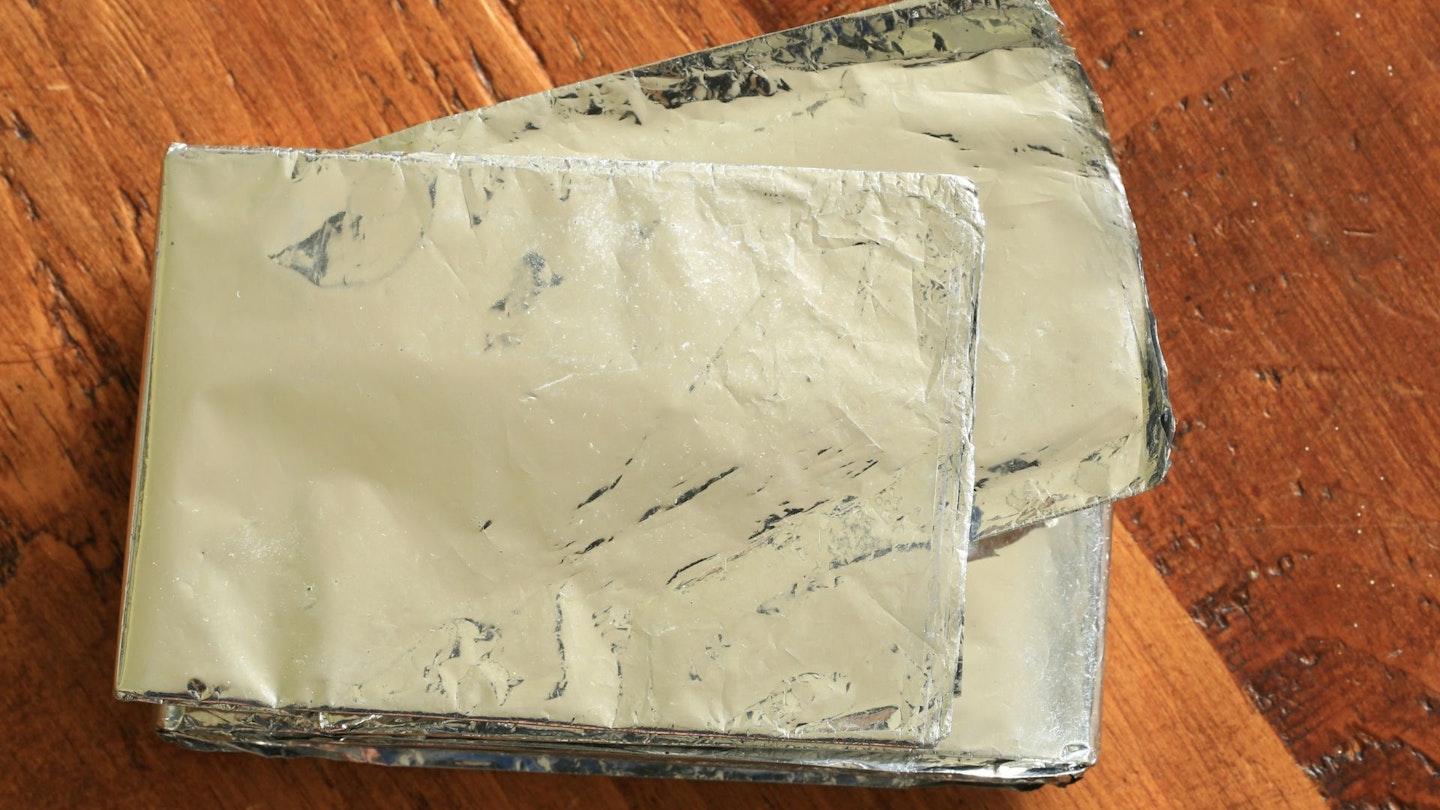
Don’t underestimate this lightweight, ultra-versatile material. A small square of aluminium foil can be shaped into a crude pot to boil water or cook food in a pinch – both essential if you’re stuck outdoors overnight or longer. It can also be used to reflect heat toward your shelter or signal for help.
Just remember, any fire you build should only be done with extreme care. Always choose a fire-safe surface like gravel, sand, or rock – never peat, dry forest floor, or moorland, which can ignite and spread rapidly. If you’re unsure you can fully extinguish a fire, don’t light one. Safety comes first, always.
Small LED torch

A small LED torch can clip to your jacket or live on your keyring, taking up virtually no space. If your main headtorch fails, this tiny light ensures you’re not navigating blind. Opt for one with a red-light mode to protect your night vision while still letting you read maps or look for gear in the dark.
Compact sewing kit
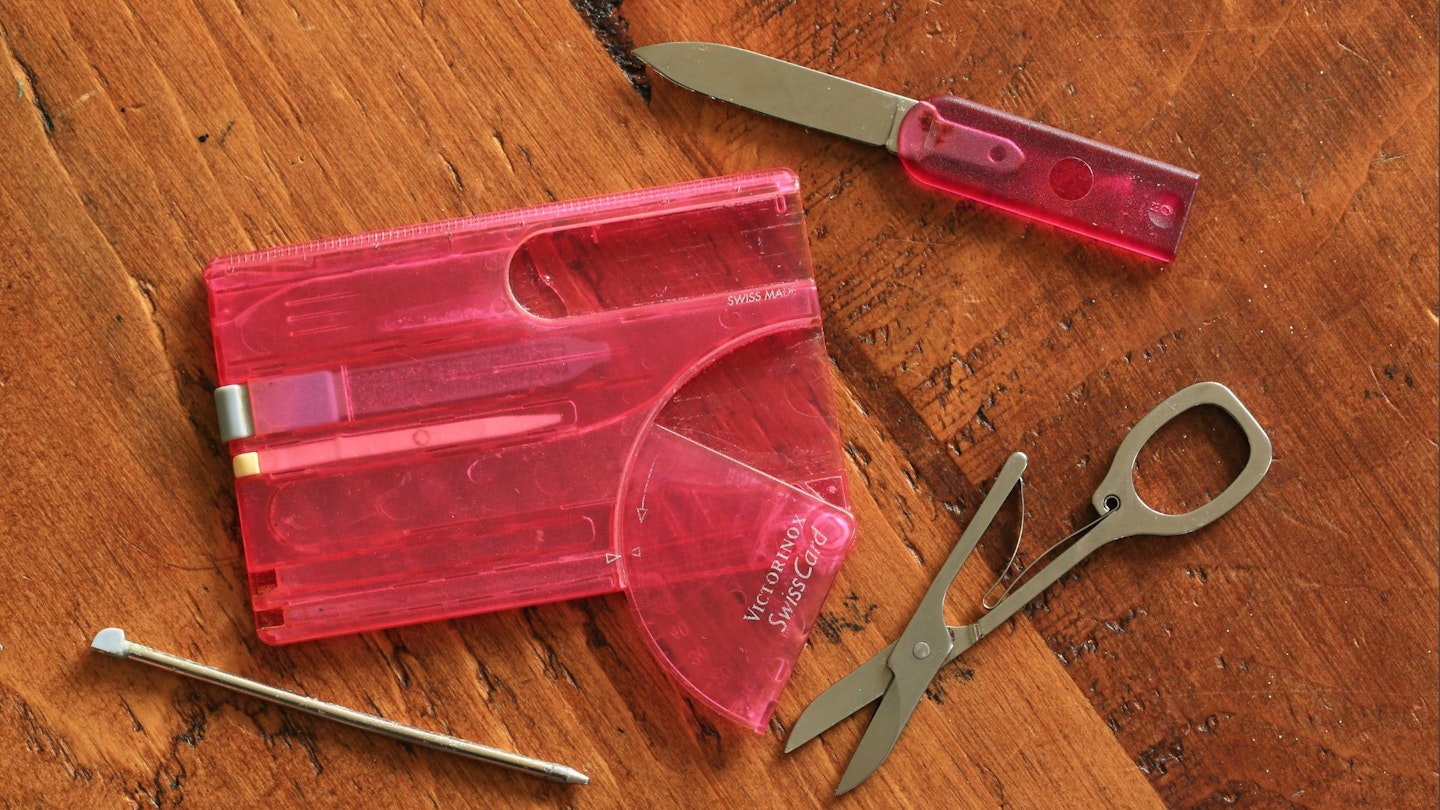
A compact sewing kit weighs next to nothing but offers a surprising number of uses. You can patch torn clothing or gear, mend backpack straps, or even, in extreme scenarios, use it to close a wound when professional medical help is far away. Dental floss makes a strong substitute for thread and can double as fishing line in a pinch.
Swiss Army Knife
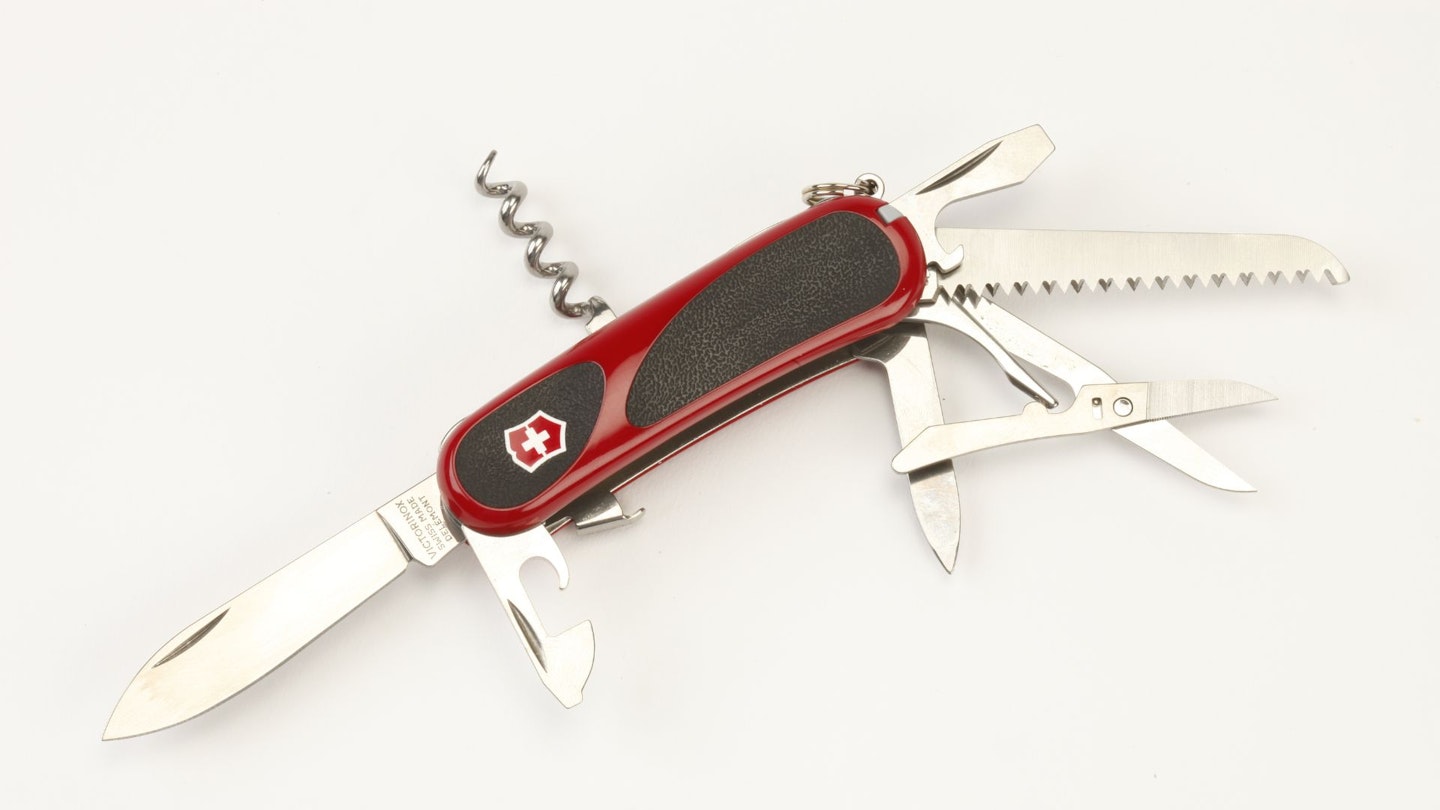
This classic bit of kit is practically synonymous with self-reliance in the outdoors. A Swiss Army knife offers multiple tools – blade, tweezers, scissors, can opener – all in one compact form.
Whether you’re cutting cordage for shelter, whittling tent pegs, opening food, or performing gear repairs, this multitool is indispensable. Choose one with the tools you’re most likely to use based on your environment.
Birthday candles
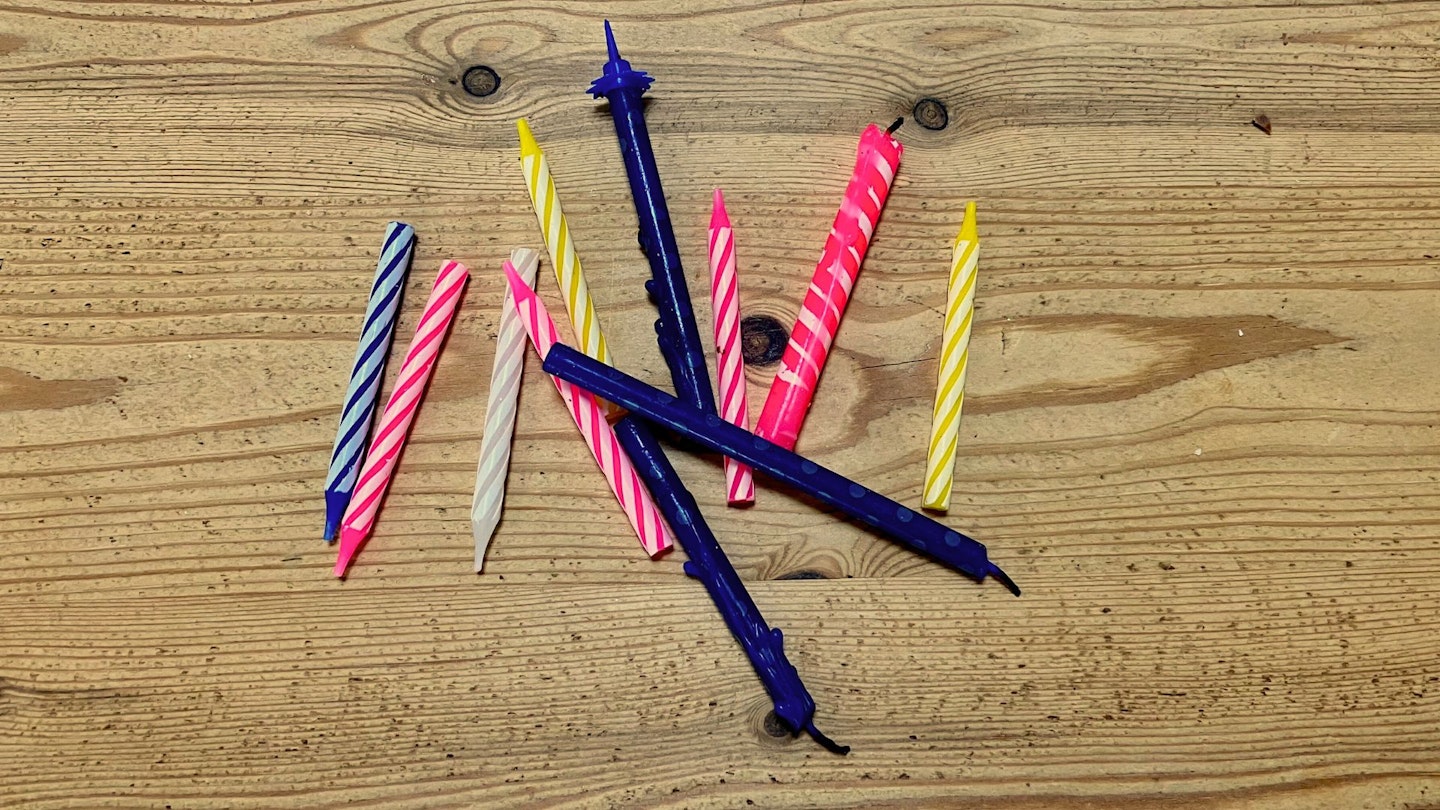
Sounds strange, but these novelty candles have a trick up their sleeve – they’re nearly impossible to blow out. In damp or windy conditions, that’s a real asset when you need to get a fire going quickly. Just make sure you’re building your fire in a legal and low-risk area. Never light anything if conditions are dry or if you're unsure how to contain and extinguish it fully.
Kevlar cord (10 ft)
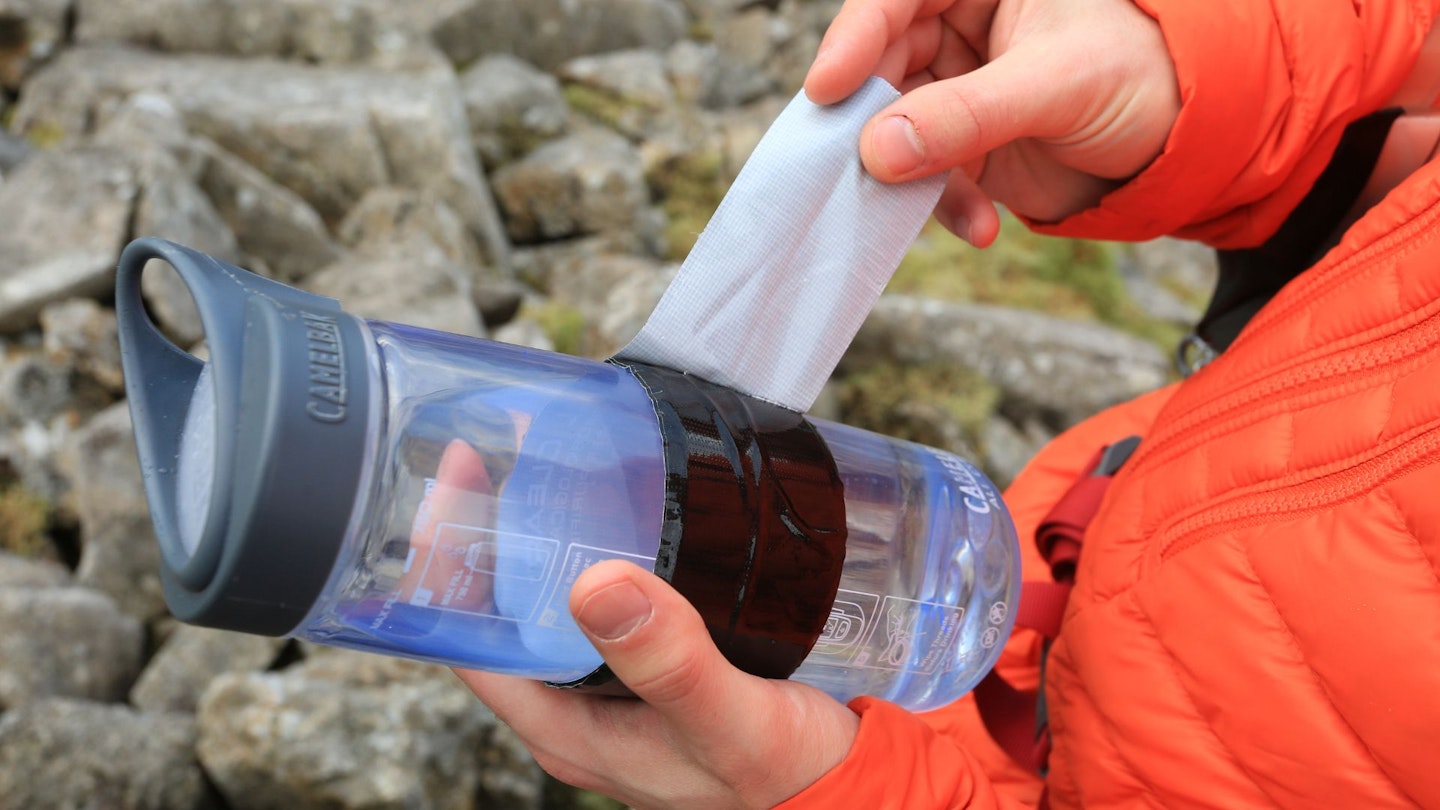
Tough, light, and virtually indestructible, Kevlar cord is a serious upgrade from regular string or paracord. Use it to rig a tarp shelter, create a splint, hang food out of animal reach, or even repair broken gear. Ten feet gives you plenty of flexibility without taking up space. Wrap it around your water bottle or store it flat inside your kit.
Waterproof paper and pencil
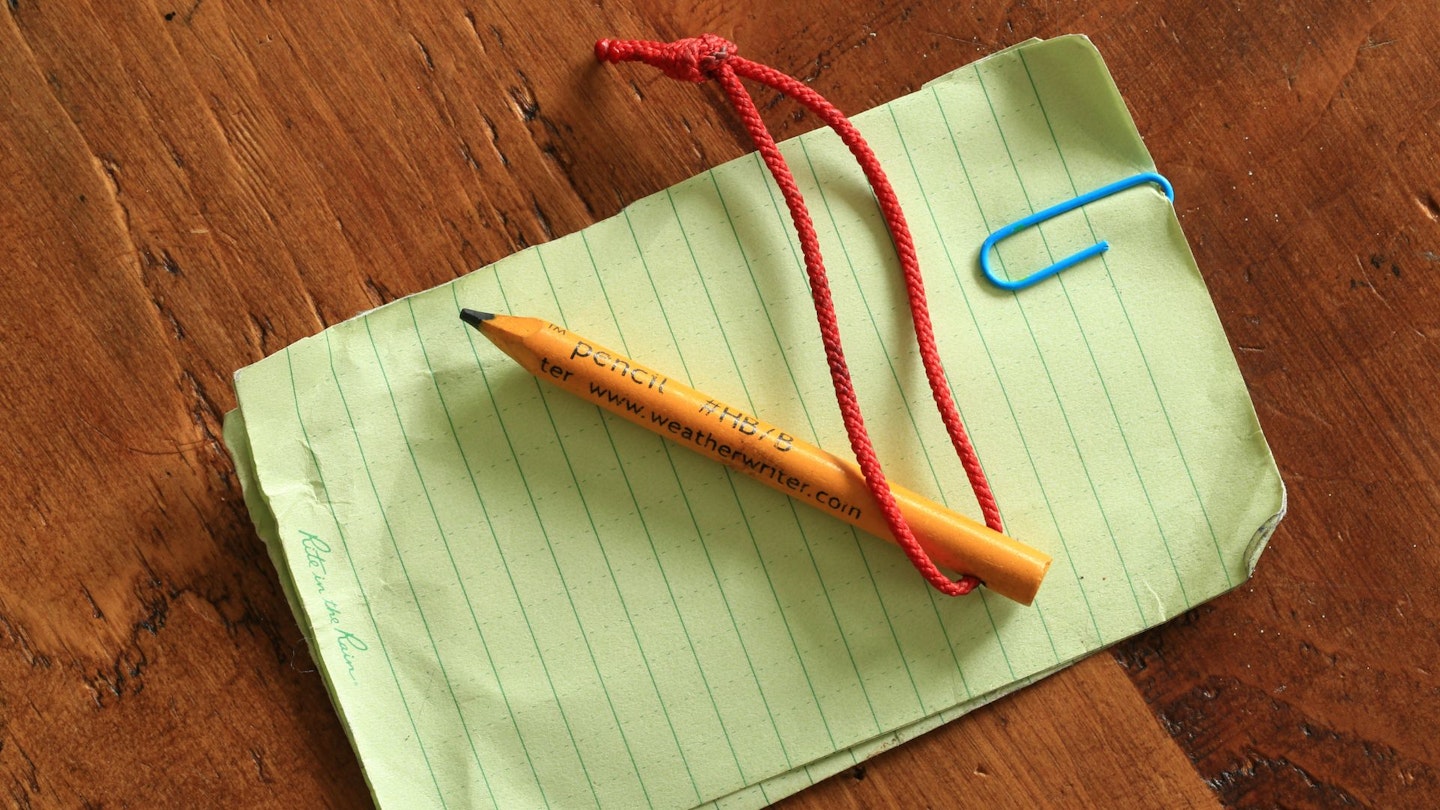
Communication can be critical – whether leaving notes for rescuers, writing coordinates, or tracking important medical info like allergies or a casualty’s date of birth. Waterproof paper won’t disintegrate in the rain, and a pencil works in all temperatures (unlike pens, which can freeze or fail). You can also use it for basic mapping if you become disoriented.
Cable ties
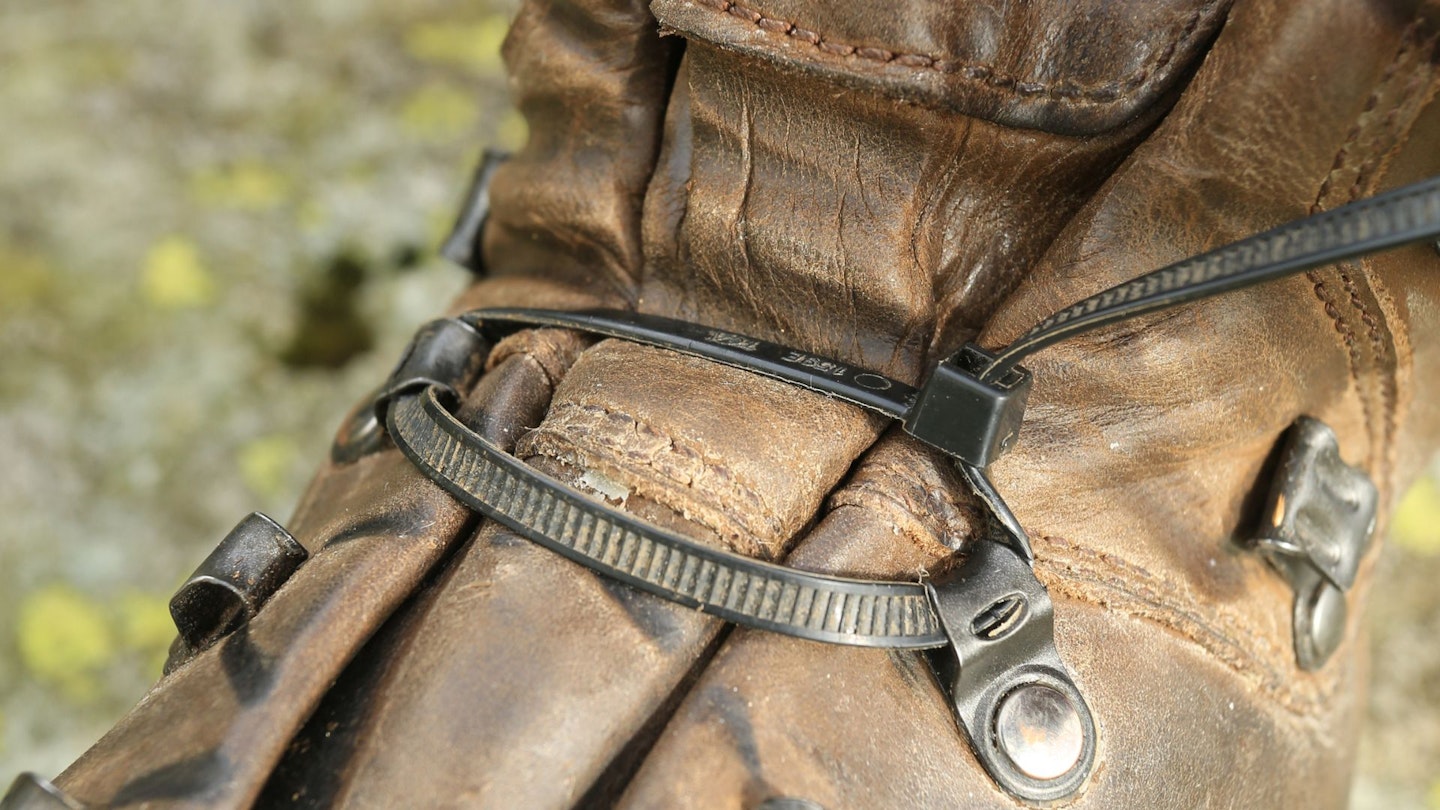
These unassuming plastic strips are mini marvels. Durable and ultra-light, cable ties can be used to fix a broken pack strap, secure splints, bind gear together (see broken boot lace above), or even improvise shelter. Keep a few different sizes – they're easy to stash flat and weigh next to nothing. And since they’re non-perishable and cheap, they’re a no-brainer for any emergency kit.
Water purification tablets
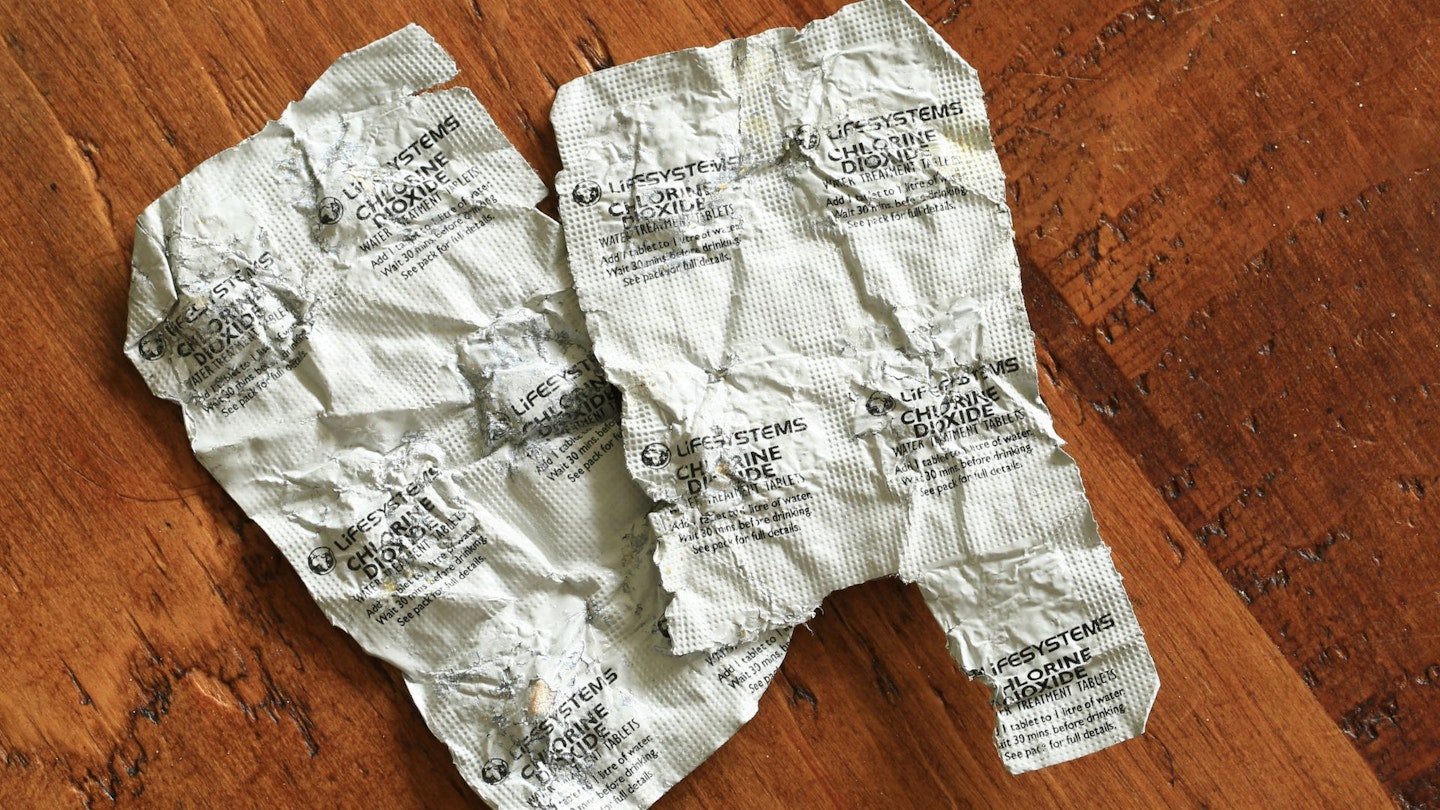
Access to clean drinking water is one of the most critical aspects of outdoor survival. While lakes, rivers, and streams may appear clean, they can contain harmful bacteria, viruses, and parasites that can cause serious illness. Water purification tablets offer a compact, lightweight, and highly effective solution to this problem.
Unlike boiling water, which requires a stove, fuel, and time; tablets work without any bulky equipment and require minimal effort – just drop one in and wait the recommended amount of time. I personally use Oasis Water Purification Tablets, which are convenient because one tablet treats exactly one litre of water. Pairing tablets with a simple coffee filter or bandana helps remove larger debris like dirt, leaves, or bugs, ensuring the water is both safe and more pleasant to drink.
Super Glue
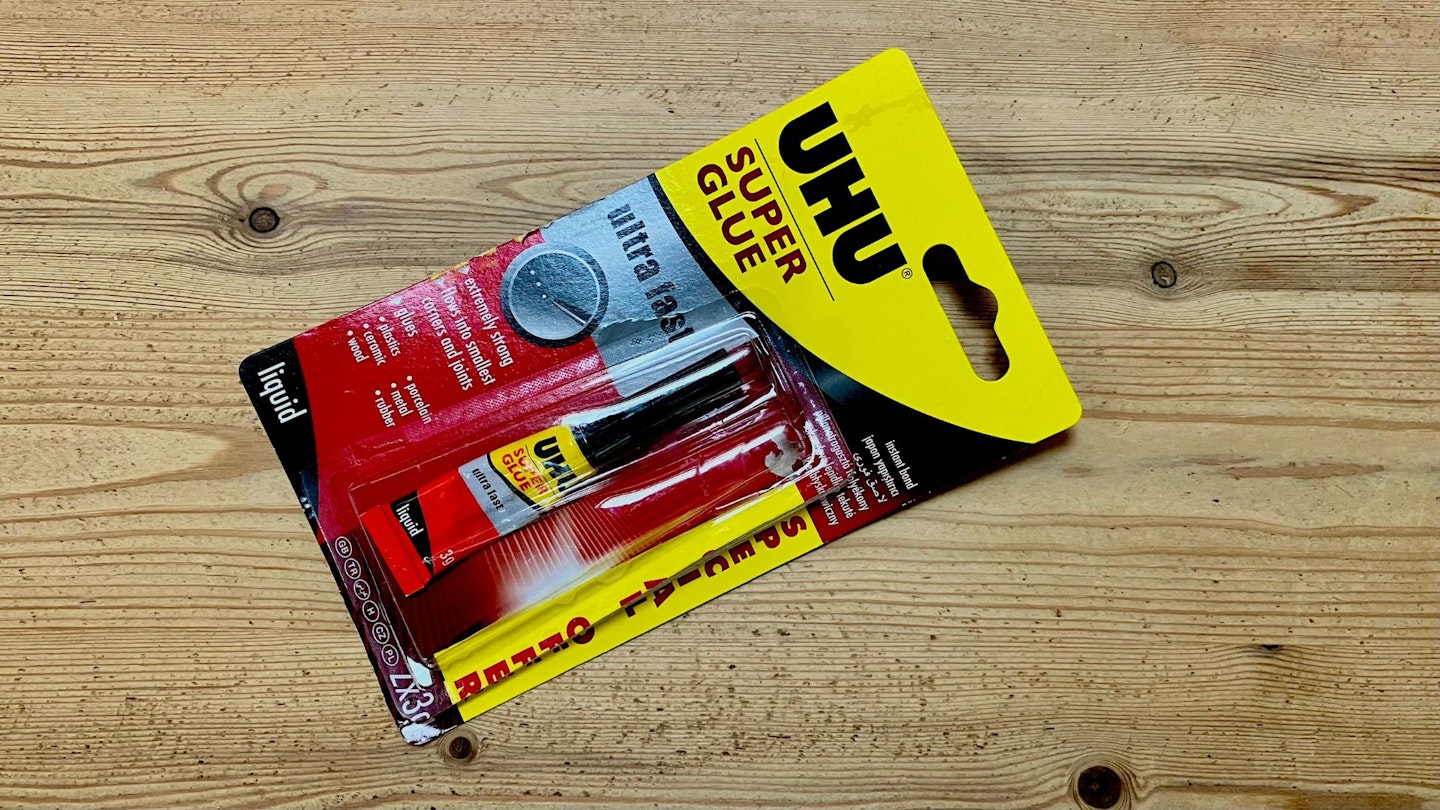
Though small and seemingly simple, super glue is one of the most versatile tools you can carry in your survival kit. It can be used to make quick and strong repairs to essential gear such as broken tent poles, cracked water bottles, or separated shoe soles. It’s also great for fixing ripped clothing or patching up backpacks when sewing isn’t an option.
In an emergency, superglue can even serve as a temporary wound closure – sealing small cuts or splits to help stop bleeding and reduce the risk of infection until proper medical treatment is available. Just make sure it’s the regular kind and not the gel-based version, which doesn’t bond as well in some outdoor applications.
About the author
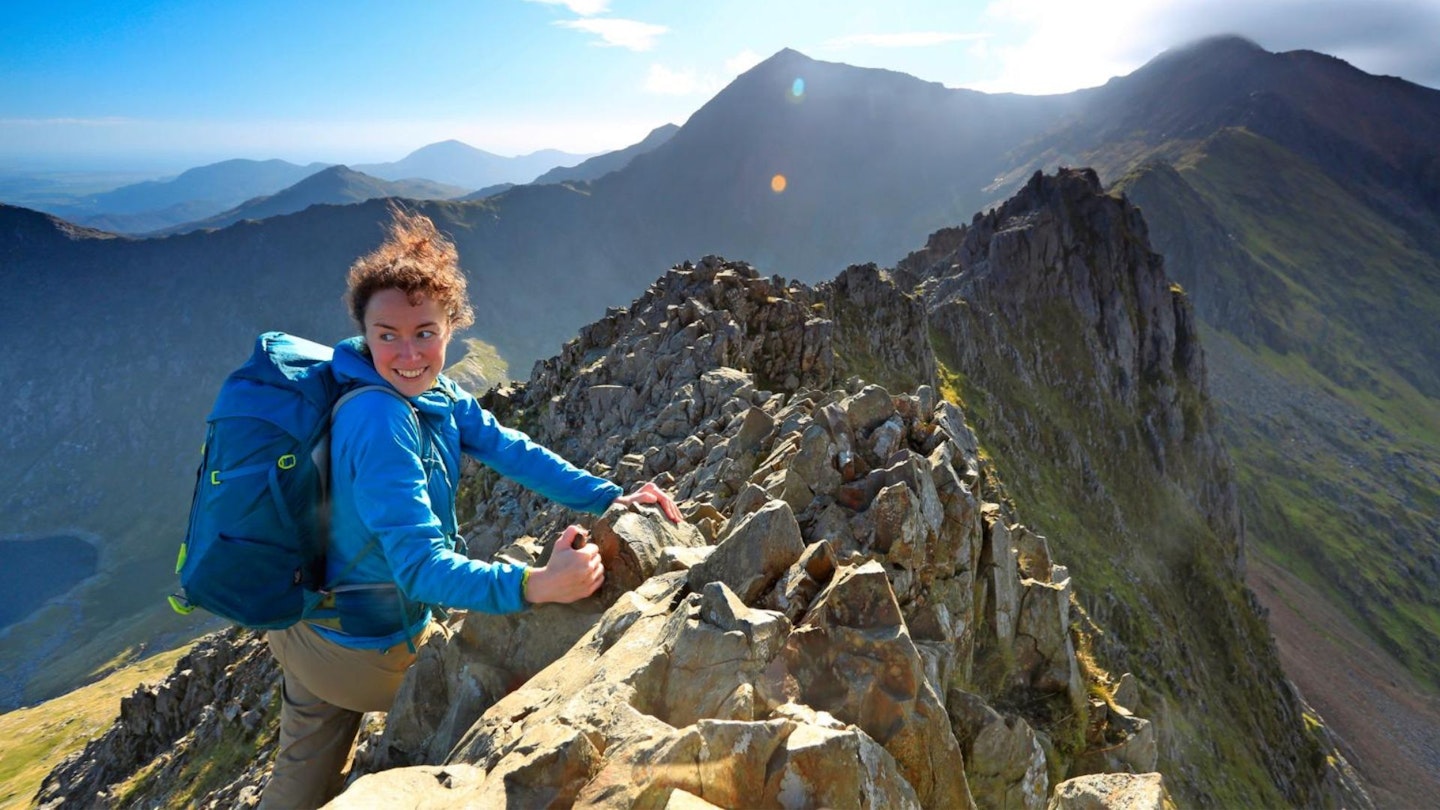
Sarah Ryan is a qualified Mountain Leader, nature expert and lifelong hiker who leads walks and expeditions all over the UK. She's worked for Trail magazine and Trail Running magazine and is a long-time contributor to Live for the Outdoors.
